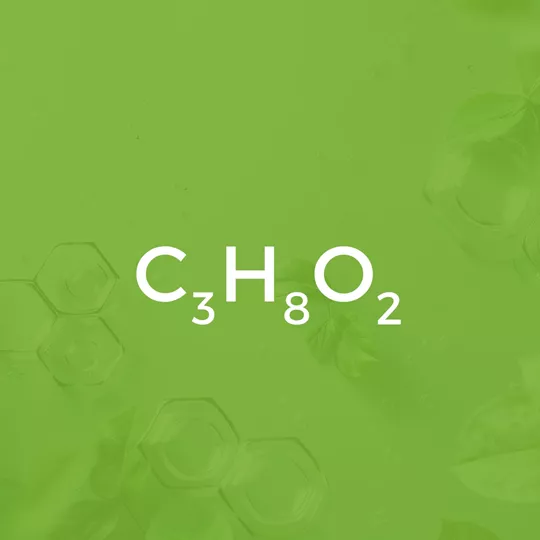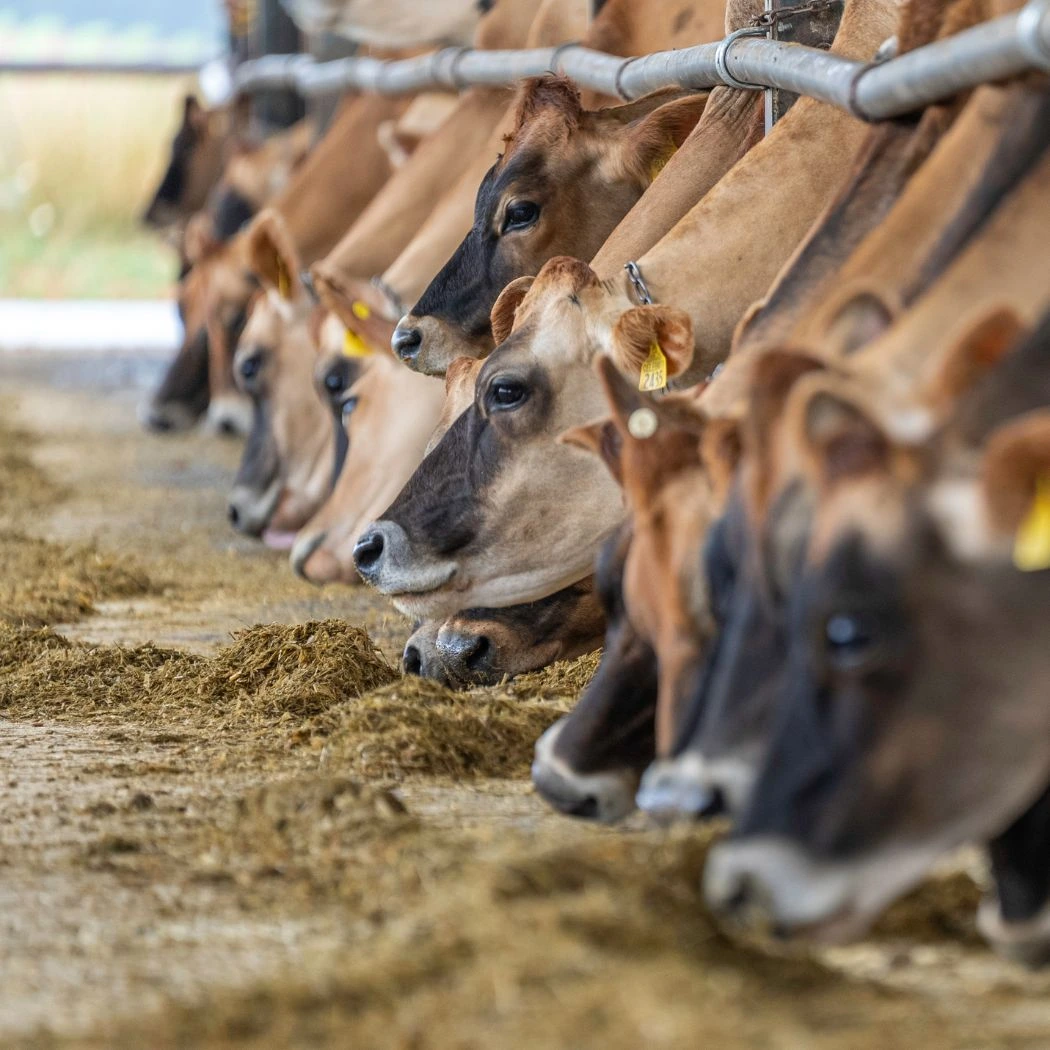
Monopropylene Glycol MPG Feed-Grade
MPG; Propane-1;2-diol; 1;2-dihydroxypropane; α-propylene Glycol
Key applications
Contact us
directly:
QUICK QUOTE FORM
What is feed-grade propylene glycol?
Feed-grade glycol is an organic chemical compound that plays a crucial role in supplementing the energy needs of livestock. The most commonly used form is propylene glycol (C₃H₈O₂) – a colorless, slightly viscous liquid with a characteristic sweet taste. Feed-grade propylene glycol (MPG) is highly valued for its physicochemical properties, making it an effective solution for preventing energy deficiencies, particularly during critical phases of the animal production cycle.
When administered orally or mixed into feed, feed-grade propylene glycol is rapidly absorbed and quickly converted into glucose, providing an immediate source of energy. Its use is widespread in intensive dairy farming, where efficient energy management has a direct impact on animal health, fertility, and milk yield.
Proper use of monopropylene glycol (MPG) helps minimize the risk of ketosis and other metabolic disorders while also improving the overall condition of the herd – which translates into better economic outcomes for the farm.


Physicochemical properties
Propylene glycol is a clear, moderately viscous liquid that dissolves well in water and many organic solvents. It offers high chemical purity and remains stable across a wide range of temperatures. With a high boiling point of around 188°C and a freezing point as low as -59°C, it is exceptionally resistant to fluctuations during transport and storage.
Feed-grade glycol is known for its low toxicity and high bioavailability. With a neutral pH, it does not affect the structure or taste of other components in the feed mix. Its naturally sweet flavor improves the palatability and uptake of the product by animals. Thanks to its chemical stability and resistance to degradation, propylene glycol for animal feed retains its properties even during long-term storage.

How does propylene glycol for animal feed work?
Feed-grade glycol serves as a fast and valuable source of energy by supporting gluconeogenesis -the metabolic process in which non-carbohydrate substrates are converted into glucose. After oral administration, the glycol is rapidly absorbed from the digestive tract and transported to the liver, where it is converted into glucose and released into the bloodstream. As a result, the animal’s body receives an essential energy boost in a short time, which is particularly important during periods of high demand -such as lactation or recovery after calving.
In practice, the use of propylene glycol for animal feed significantly reduces the risk of ketosis – one of the most serious metabolic disorders in dairy cattle. Ketosis occurs when, due to insufficient glucose levels, the animal’s body begins breaking down fat excessively, leading to an increase in ketone bodies in the bloodstream. Propylene glycol effectively counters this process by stabilizing metabolism and improving the overall health of the animals.

Monopropylene glycol in livestock nutrition
In dairy cattle nutrition, feed-grade glycol plays a crucial role during the first weeks after calving, when the animals’ energy requirements increase sharply. Administering glycol during this period effectively helps prevent negative energy balance – a primary cause of both clinical and subclinical ketosis. Regular supplementation improves cows’ metabolic balance, increases appetite, supports milk production, and positively impacts reproductive performance. Moreover, properly managed supplementation can significantly shorten the time needed for animals to return to full fertility after calving.
Beyond dairy cattle, propylene glycol is also used in the nutrition of other livestock species, such as sheep and goats – particularly during periods of increased energy demand related to pregnancy, lactation, or rapid growth. In some species, glycol supplementation is even considered a key part of preventing pregnancy toxemia (ketosis), a condition that can lead to serious losses within the herd.
Propylene glycol for animal feed is a valued additive in modern livestock farming, helping to improve animal health, productivity, and the overall profitability of animal production.


Why it is worth cooperating with us?
Order quickly, efficiently, reduce risk.
The chemical raw materials you’re looking for are in our warehouses
Our own warehouses, fleet of trucks, and stable supply chain mean wide availability and fast order fulfillment
No worries about the quality of chemical raw materials
Concrete actions, not just words, confirm the quality of the materials we offer. It’s our implemented ISO system, HACCP and GMP+ certification, or the GMP+B4 fleet standard
Risk minimized to the minimum
We fully control the supply chain in Poland and worldwide. We have our own fleet of trucks, warehouses, customs warehouses, and a platform for container transport.
Convenient packaging with customization options
Bags, big bags, tanks, pallet containers, barrels, jerrycans, bottles... we tailor the packaging to your needs. We can also provide personalized labels for you.
Partnership at every stage
We respond to inquiries within a maximum of 30 minutes, assign a dedicated account manager, keep our promises, and focus on long-term cooperation.
bonded warehouses
years of experience
trading partners from all over the world
trucks
countries we cooperate with
warehouse area
